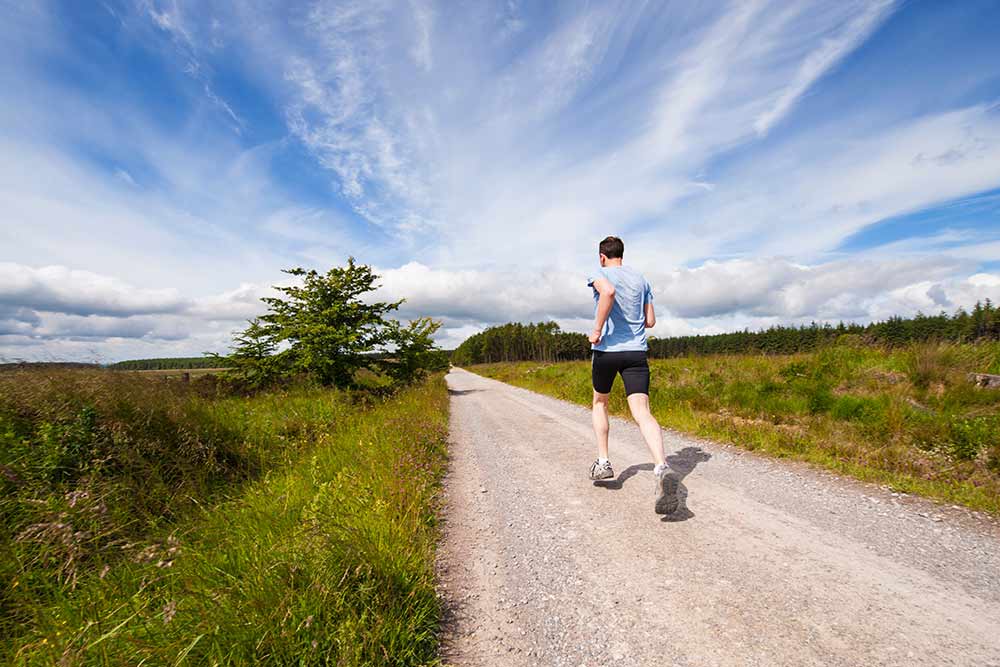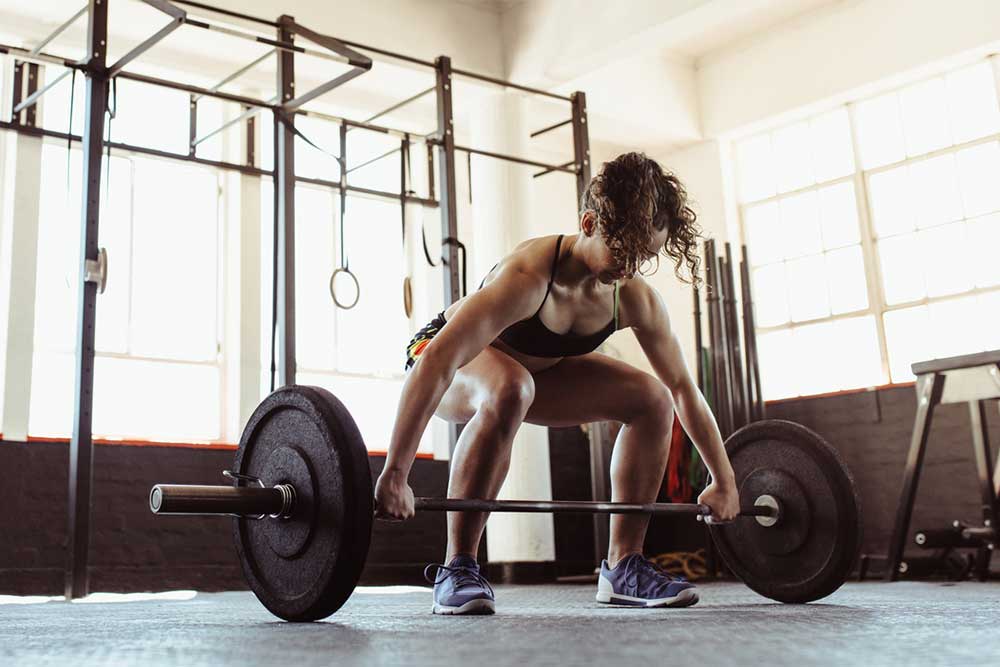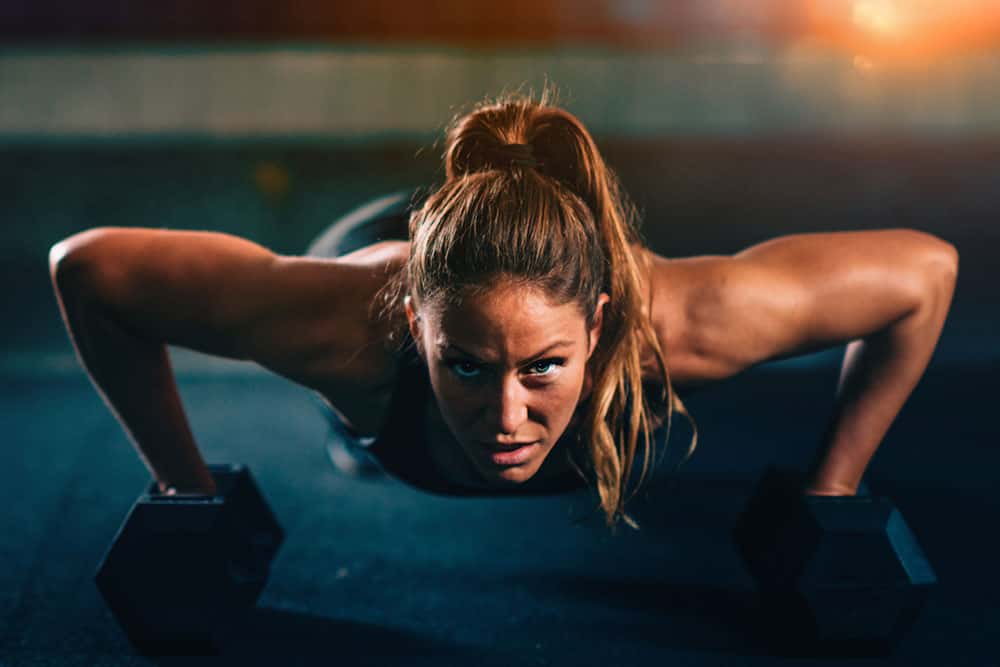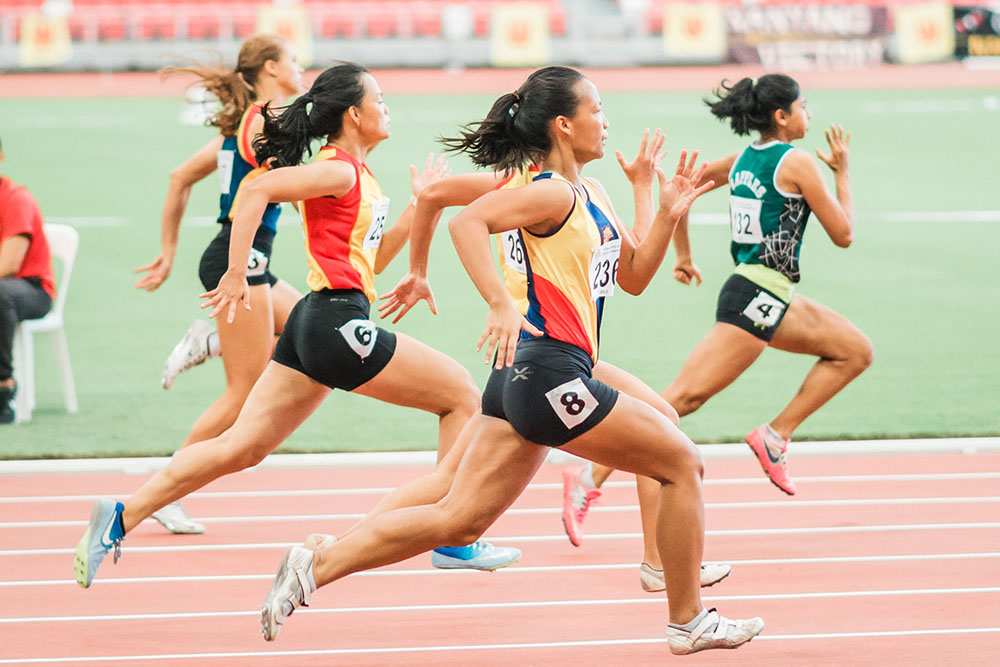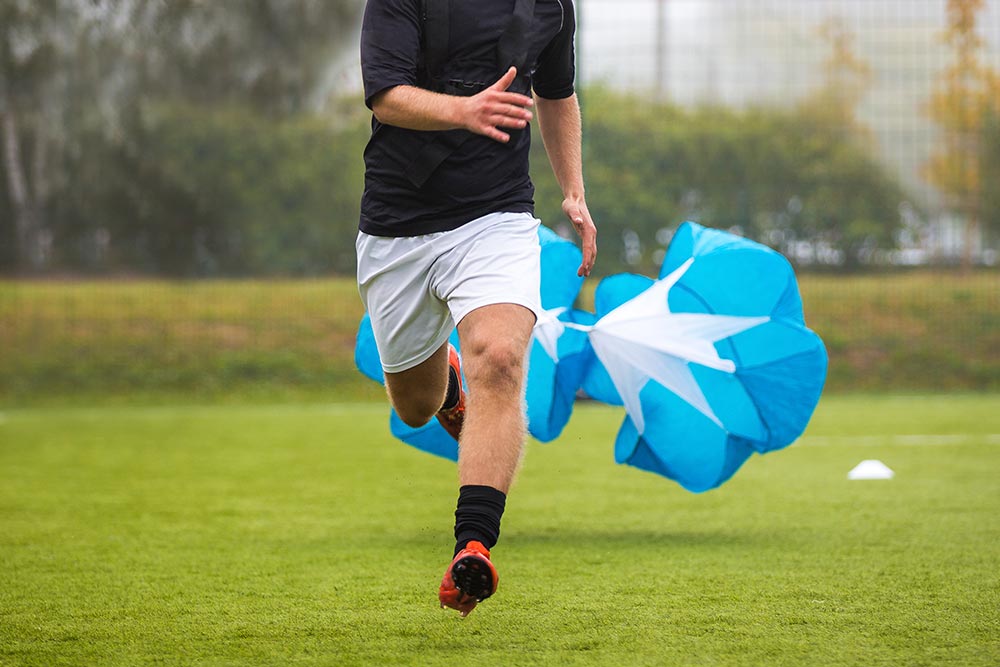So You Want To Be A Sprinter? – Part 4
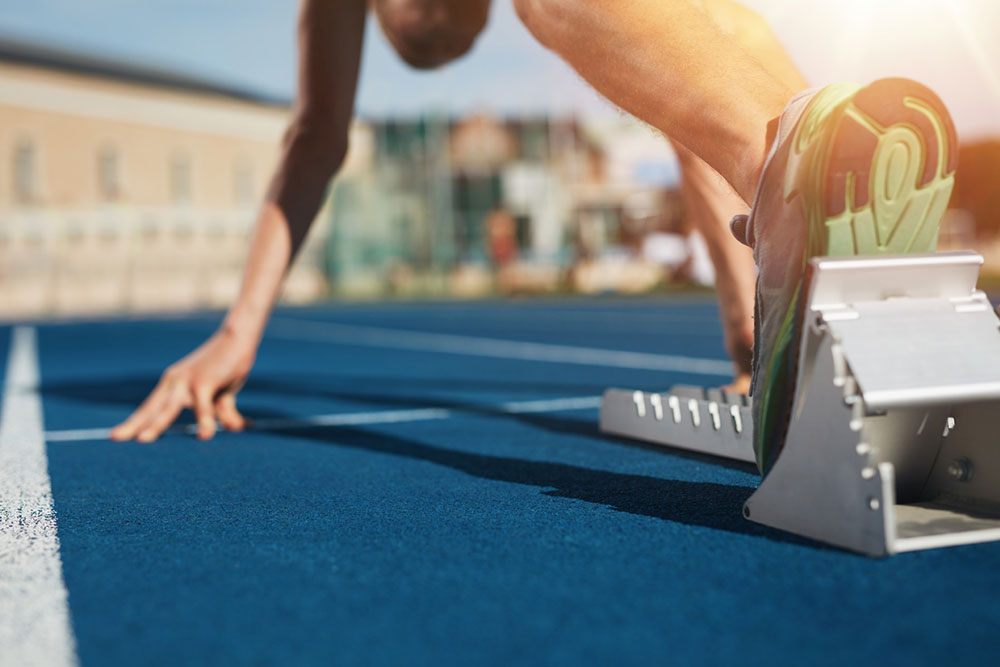
Evan Stevens
So You Want To Be A Sprinter? – Part 1
So You Want To Be A Sprinter? – Part 2
So You Want To Be A Sprinter? – Part 3
Part 4: Starts and Blocks
 We know some of the physics and power of sprinting, we have an understanding of how arm swing comes into play, and we have now warmed up and are finally ready to workout. SO CLOSE. Before we want to get right into a workout we still have one last area we need to touch on – starts. Starts are one of the most complicated, technique driven aspects of sprinting. Yet you never win the race at the start.
We know some of the physics and power of sprinting, we have an understanding of how arm swing comes into play, and we have now warmed up and are finally ready to workout. SO CLOSE. Before we want to get right into a workout we still have one last area we need to touch on – starts. Starts are one of the most complicated, technique driven aspects of sprinting. Yet you never win the race at the start.
Sure, you can lose a race from the start but you cannot win one. Just look back at some of Usain Bolt’s performances – he is a testament to how to overcome a mediocre start. He has come back multiple times to crush fields after others in his field have had terrific starts. But a “bad” start, especially against people who are good starters, can be a deciding factor in these shorter sprint races, which is why sprinters practice coming out of blocks or practice coming from a start so often.
The Start
Starts are all about physics – putting your body in proper body angles to allow for the most efficient use and generation of power. Starts involve pushing through the long body axis (through the leg, and up the trunk, creating a single long axis) and involve the generation of high impulses. Impulses are the result of force over a given time period, which can be described by:
Impulse = Force x (time2 – time1)
While we think about them in normal sprinting, impulses are vastly important at the start for getting out of the blocks and up to speed. When we think about what we learned in Part 1 and about ground contact time and how we want to minimize ground contact time, the only way to generate high impulses is with greater forces. And to generate greater forces we need proper technique, thus why practicing starts is so important.

Long, powerful strides out of the blocks generate force. Short, choppy strides do nothing but trick you into thinking you are going fast.
One of the key factors to starts that I see a lot of athletes struggle with is their first few strides. Many beginner sprinters think that lots of fast, short strides out of the blocks are going to generate force. In reality we want to be long and powerful out of the blocks. We call this the “big reach” where the first stride should be almost an exaggerated drive. Your initial knee drive should come up to your chest and the elbow opposite your knee you want to come up and almost sweep your ear.
These long strides are what create the long body axis off the start; pushing through the long body axis allows force to be directed backwards, propelling you forward more so than while already at top speed and erect – basically allowing you to accelerate faster and more efficiently. So the first few strides are long and powerful, your body low to the ground to maximize your long body axis to create the greatest acceleration, what should happen is, as you get up to top speed, your body starts to rise, your posture becomes straight (your hips start to tuck under you), and you get into your top speed running, your stride length goes up but frequency starts to drop to mimic maintenance of speed, as discussed in Part 1.
Become a Faster Sprinter
The easiest way to first get used to this long, powerful way of stepping and reaching out is to let gravity do the work for you. From a standing start, one foot on the line, the other slightly behind that one, start to gradually lean over. As you lean be sure to relax the upper body – let the arms dangle, head down, shoulders loose. Your weight will start to shift over your centre of mass and just when you think you are about to fall on your face, you push your first leg forward with your long stride and big reach. You have to let gravity pull you down and you need to react to stop from falling on your face.
That means big step/stride out in front of you and putting the force down, right under you. A lot of beginner sprinters will think to put their foot behind them, only to strain to find the ground because they are falling forward. By driving your strides down with gravity making you fall forward, you will be already driving behind you. So drive the legs down into the track, hit it like a sledgehammer, and you’ll drive acceleration. Doing this “falling start” will help you understand how to make use of the longer angles in your body you need to use and how staying low and having gravity do some of the work can get your legs turning over faster with more force.
The Mechanics
Now that we have some understanding of the first few strides and the importance of some of the forces acting in those strides, let’s set up some starting blocks. Typically, blocks are placed roughly one foot length back from the start line in the centre of the lane. Your front block is roughly two steps back from the line and your hind block is three steps back from the line. Your back block is where your first stride foot is going to be placed. That is, the first foot to hit the track in front of the start line, usually your dominant foot. An easy way to test what foot goes on your back block stand with your hands at your side, your legs slightly less than shoulder width apart and your eyes closed.
Get a partner to give you a slight but firm push at the center of your back, between your shoulder blades. The foot that comes forward first is usually your dominant foot and will be the one that goes on the back block. Some people have their own preferred block placement; some prefer their legs a little tighter together, others a little further apart. Until you get really comfortable and experienced, it is easiest to just use the two step and three step measurement for your block placement.
Get Ready

Note that the elbows are locked and spaced across the start line to give a supportive starting position.
Now that your blocks are set up you can get into them. Your knees should be bent, with one knee on the ground before a set position and the other should be up towards your chest. Arms should be wide to provide good balance, with your elbows locked. Hands need to be placed behind the start line. When placing your hands and fingers, think of making an “L” shape with your thumb and forefinger and place their tips along the length of the start line.
You can place multiple fingers down if you like but most go with either just their forefinger or their forefinger with their middle finger. This allows for a wide, stable base that is easy to pivot off from when the gun goes off. Now that you are in the blocks with your hands down, it is important to remember to stay relaxed. Far too many people tense up through their heads, necks, and shoulders even before the starter calls for set positions. Stay loose it helps with positioning and also prevents jumpy false starts.
Get Set
Once you are settled in the blocks you will then transition into a “set” position. This is where you raise your hips, your knee is up and off the ground, your weight shifted to balancing between the force applied on the blocks and on your arms. Your legs should remain bent as straight legs do no not generate power. This means that your hips do not need to come up as much as you might think. Your hips raise enough to load you but not enough to take the tension stored in your bent and contracted muscles.
This isn’t an overly comfortable position – you may feel like you are going to fall on your face, but just load your weight back into the blocks a bit more if that is how you are feeling. What you don’t want to do is to be too far forward in the set position that when the blocks go off you need to rock back into the blocks and then drive out of them. You want to just be able to drive right out of the blocks, using them as a base to push out of (think about pushing through them).
Go
The gun goes off and you’re away. Exploding off the blocks, using those long, reaching strides to accelerate up to top speed, you’ve just completed your first start. You’re going to be doing a lot of them over the course of your sprinting endeavour as you’ll never do it perfectly every time and without fail. But it’s a … start (ha!).
One last thing to mention about starts: when you are in the blocks and set, DO NOT LOOK UP. This is something that many beginner runners, and even some more experienced sprinters do – they look down the track. There is no need. The finish line is always there. The lines are always there. Just look down and listen for the gun. Looking up strains your neck, throws your head out of alignment with your back, causing your hips to shift or lift and most importantly, your head goes up and you become erect out of the blocks almost immediately. Remember, we want to stay low for longer to maximize our long body axis and accelerate. If we are up and erect right out of the blocks we have a much more difficult time accelerating.
Related Video:
You Might Like:

